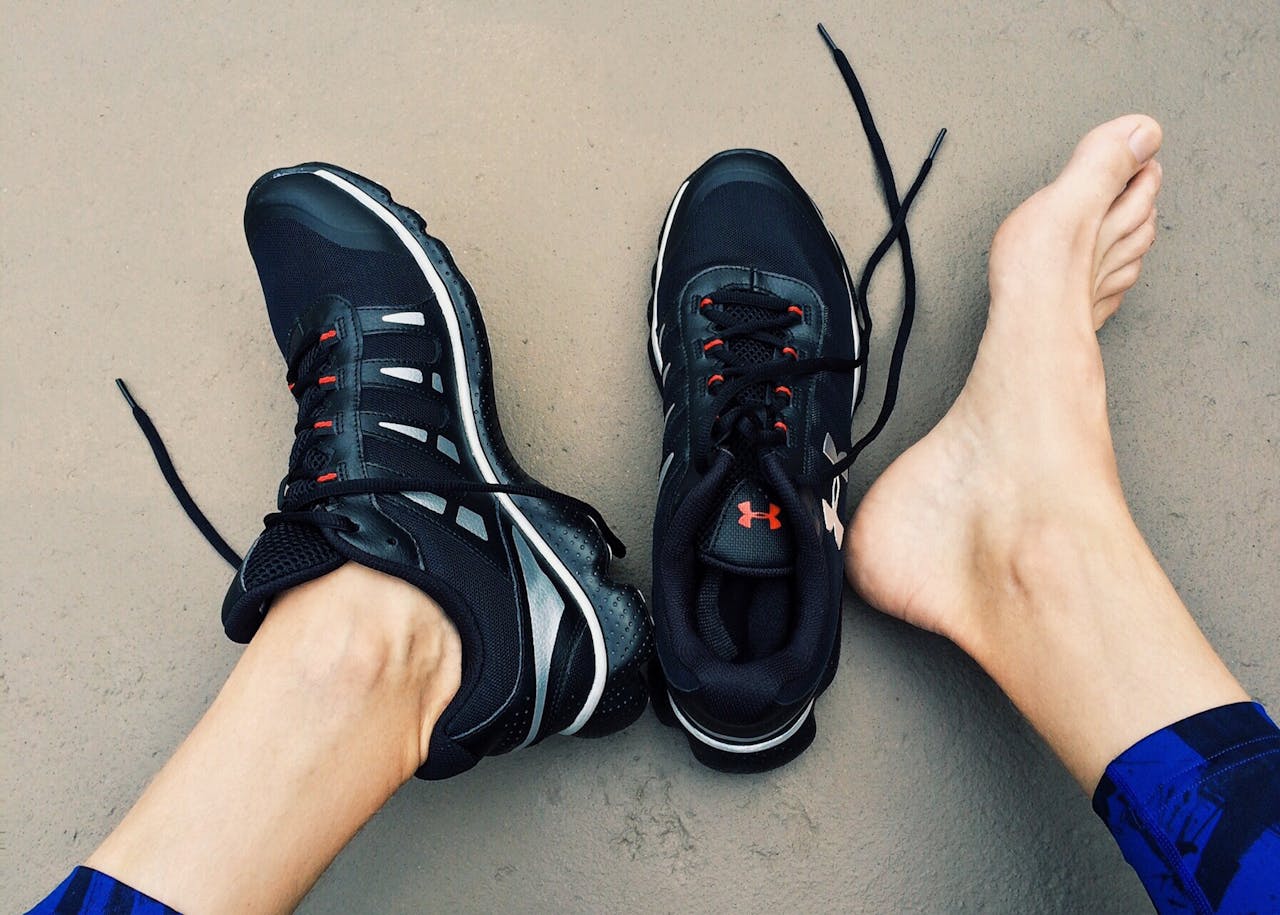
Hallux Valgus
By Ann Constantino,
Photo by Pixabay.
In case you were wondering, your metatarsophalangeal joint (MTP), is the joint at the base of your big toe. If a weakness at that joint runs in your family, you might be susceptible to forming a bunion (hallux valgus), a painful foot condition that causes the base of the big toe to stick out and the tip of that toe to angle inwards, crowding the other toes. You might also be more likely to get a “bunionette”, the same condition on the other side of the foot involving the pinky toe. This condition affects up to 23% of American feet.
Early symptoms and risk factors
At first there may be a little tenderness, mild swelling, heat.
Bunions are often ignored when they start out, as they are seldom painful in the early stages. However, when bunions are ignored, they can worsen to the degree that there is constant and debilitating pain in the joint and nearby structures of the foot. Corns and calluses may form where the toes rub together. Swelling and bumps may form on the foot near the affected joint, and there may be a loss of mobility in the joint. Finding comfortable shoes becomes challenging, and you will likely be giving up your high heels (or heels of any height), which are known to exacerbate the problem.
Foot doctors don’t agree about whether or not tight shoes can actually cause bunions. Many believe it’s more likely that an inherited predisposition exists that is exacerbated by tight shoes and especially high heels.
At first there may be a little tenderness, mild swelling, heat, and just a bit of pain. Don’t ignore these symptoms. Go see your primary care provider or a reputable podiatrist sooner rather than later to address the issue. If you also have any kind of neuropathy in the foot, osteo or rheumatoid arthritis, or if the MTP has sustained a trauma or injury, your chances of forming a bunion increase. Diabetic foot complications, collapsed arches, obesity, and long hours of standing are also considered to be risk factors.
Prevention and conservative treatments
A zero-drop heel is a feature of shoes that will allow your gait to be more as nature intended.
While it can take years for the signature deformity to materialize, it is in the early stages that conservative treatments such as ice, medication, padding, splints, orthotics, and more foot-friendly shoes are more likely to be helpful. General fitness activities, in the right shoes or even bare feet of course, will strengthen the foot and make it less susceptible to bunion formation. An anti-inflammatory diet and foot massage can also help.
Shoes that are shaped like your foot are easier and easier to find these days. Sparked by the barefoot running trend of the past couple of decades, wide toe boxes are now found on everything from trail runners to slippers. A wide toe box allows the toes to spread and splay the way they were evolved to do before we started stuffing feet into shoes, an estimated 40,000 years ago, according to fossilized footprints of our ancestors.
A zero-drop heel is another feature of shoes that will allow your gait to be more as nature intended. Zero-drop means that the heel of the shoe is no higher than the toe. This type of shoe may take a little getting used to, but you can have a wide toe box and a zero-drop heel that also has a bit of protection for the sole for walking on bumpy surfaces.
A shoe heel of any height will throw more weight into the forefoot, and when that space is narrower than the actual foot, deformity can arise.
When surgery is needed
Untreated, bunions can lead to other painful foot conditions.
If your bunion does not respond to conservative treatment, surgery is often required. Depending on the severity of the bunion, a surgeon may remove any enlarged portion of the bone, realign the tendons and ligaments affected, and in the worst cases, bones may be fused to prevent any movement at the joint. Surgery has a success rate of 60%, sometimes higher in simpler procedures. Some surgical techniques have been abandoned due to poor success rates, so it’s worth shopping around to make sure your surgeon is current on the latest techniques.
Untreated, bunions can lead to other painful foot conditions. Hammertoes can form when the constant pressure created by the narrowing of the forefoot causes deformities that bend the toes permanently, making them resemble hammers. (Hammertoes can also be caused by wearing flip flops to excess.) Metatarsalgia is another bunion associate, causing pain and inflammation in the ball of the foot. Bursitis is a painful inflammation of nearby bursae, small fluid-filled sacs that normally provide lubrication between bone and nearby soft tissue. Pressure on the bursae makes them painful and inflamed.
Even if no one in your family has ever had bunions, if you feel any kind of irritation or pain in the big toe joint, get attention from your provider now. An ounce of prevention is definitely worth a pound of cure in the case of bunions.
Ann Constantino, submitted on behalf of the SoHum Health’s Outreach department.
Related: Fitness, Healthcare, Wellness